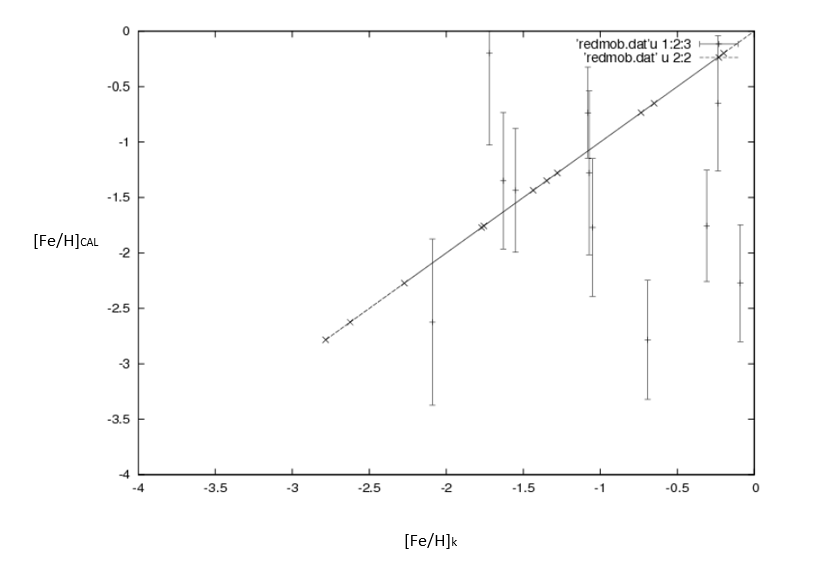VARIABLE STARS:
A star is considered variable if its apparent magnitude (brightness) is altered in any way from our perspective on Earth.

RR LYRAE VARIABLES:
RR Lyrae variables are pulsating variable stars that may be used to determine galactic distances. These are pulsating horizontal branch ageing stars of spectral class A or F, with a mass of around half the Sun. They belong to the broad Population II class of stars and are found mainly in the thick disk and halo of the Milky Way Galaxy and often in globular clusters.
The RR Lyrae are members of an elite class of pulsating variables known as instability strip pulsators.
The RR Lyrae stars are conventionally divided into three main types:
- RRab variables
- RRc
- RRd
METALLICITY:
The overall stellar metallicity is defined using the total iron-content of the star “[Fe/H]”, The abundance ratio is defined as the logarithm of the ratio of a star’s iron abundance compared to that of the Sun and is expressed as:
[Fe/H] = log10 (Nfe / Nh) star – log10 (Nfe / Nh) sun — (1)
where, Nfe and Nh are the number of iron and hydrogen atoms per unit volume respectively.
FOURIER DECOMPOSITION METHOD:
Fourier decomposition is a method to study the light curves of variable stars. This method was revived and re-fined by Simon & Lee (1981) in its modern form. The Fourier coefficients and Fourier parameters are now widely used to derive empirical relations to determine physical parameters of variable stars, in particular for fundamental mode RR Lyrae stars.
In this project we have used a Sine Fourier series to fit the red-band light curves of RR Lyrae.
RELATION BETWEEN METALLICITY AND FOURIER PARAMETERS :
Metallicity-light curve relation in the native RPTF –band photometric system is given as:
[Fe/H]PTF = −4.089(±0.339) − 7.346(±0.439) P + 1.280(±0.062) φ31
And the error in the calculated [Fe/H] is given by:
(σ)2[Fe/H] = 0.115+0.193(P)² +0.004(φ31)2 − 0.103 P− 0.031 φ31− 0.020 P φ31 +1.638(σφ31)2 + 53.965σ2p
where, σφi1= ( (σφi)2 + i2 (σφ1)2)½
DATA SOURCES:
- The data of RR Lyrae has been taken from the latest data release of LAMOST i.e. LAMOST DR4. Out of which we selected RRab Lyrae.
- The light curve data has been taken from latest data release of PTF i.e. DR3.
METHODOLOGY:
The programs for phasing of light curves, finding Fourier parameters and comparison have been made using C.
SOME PHASED LIGHT CURVE:


RESULT:
The known metallicities and calculated are plotted along with the error bars.

CONCLUSION:
The calculated metallicities and observed metallicities have been plotted, which should come out linear. But due to significant variation between calculated metallicities and known metallicities, the plot obtained is not perfectly linear.